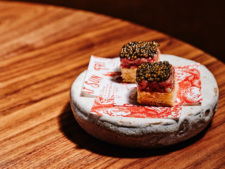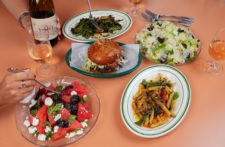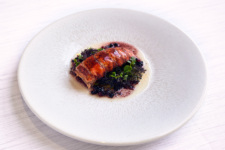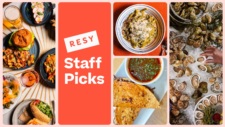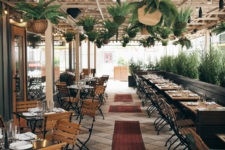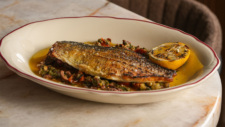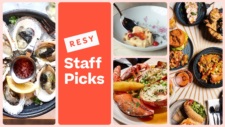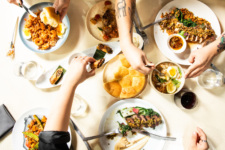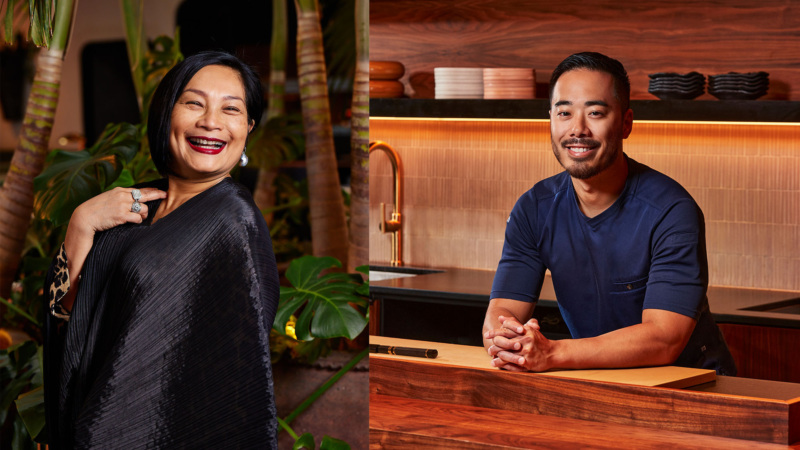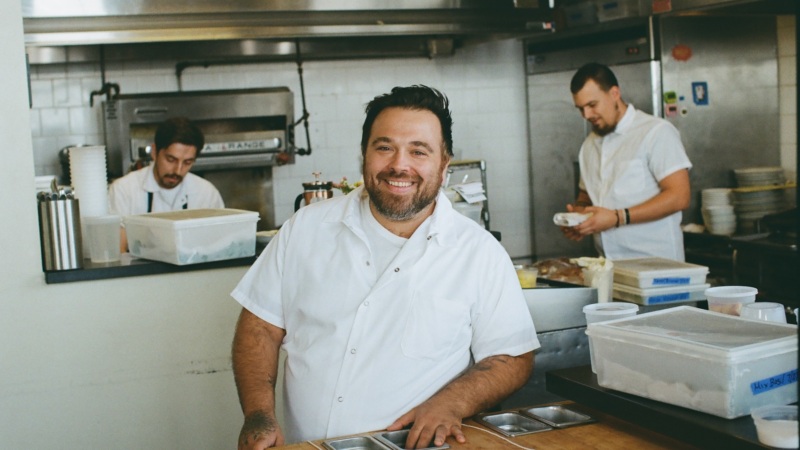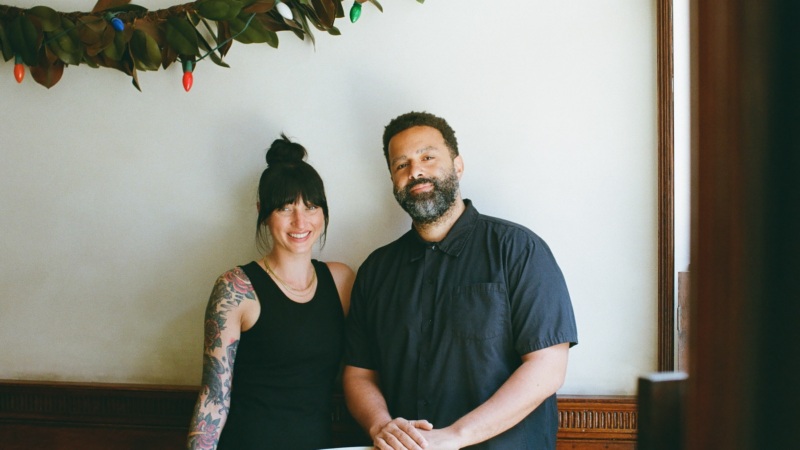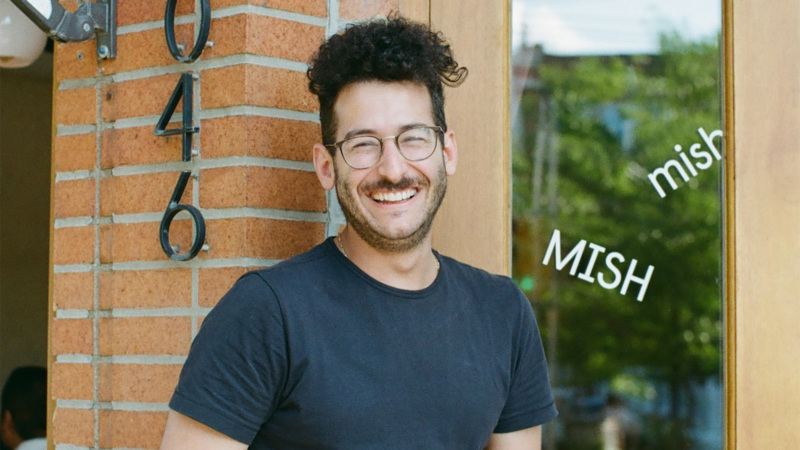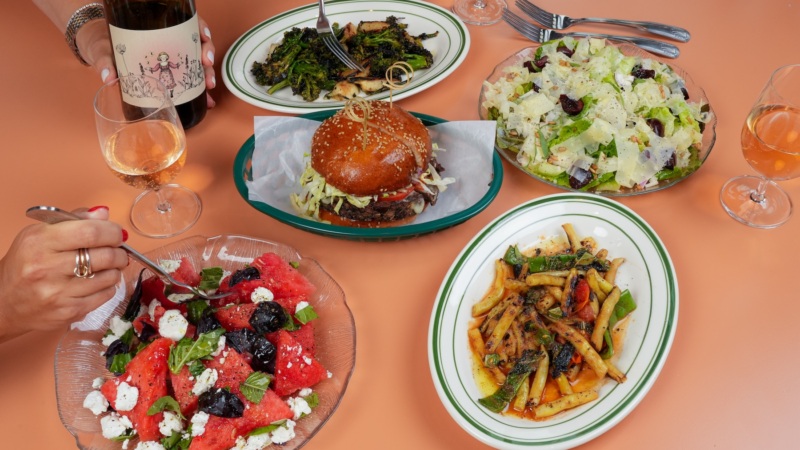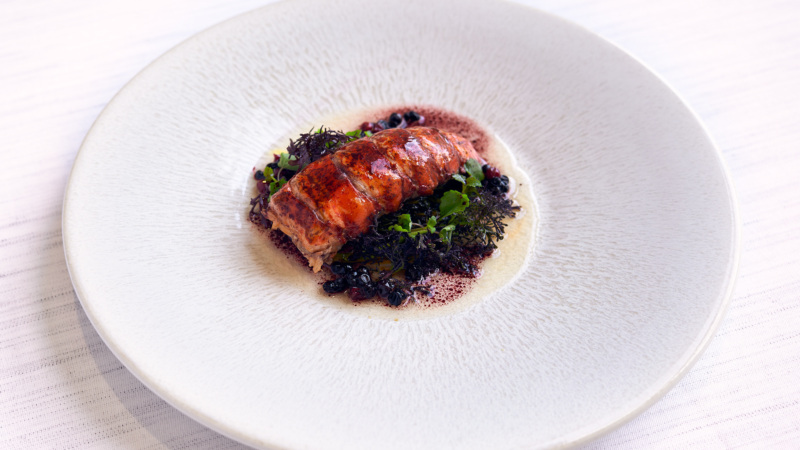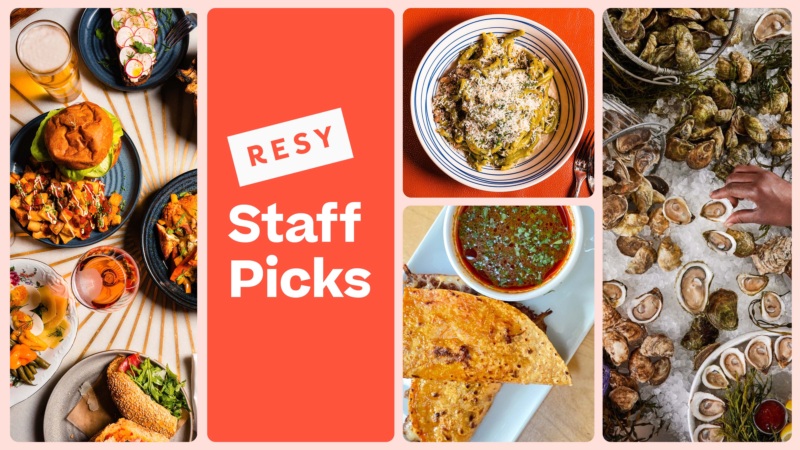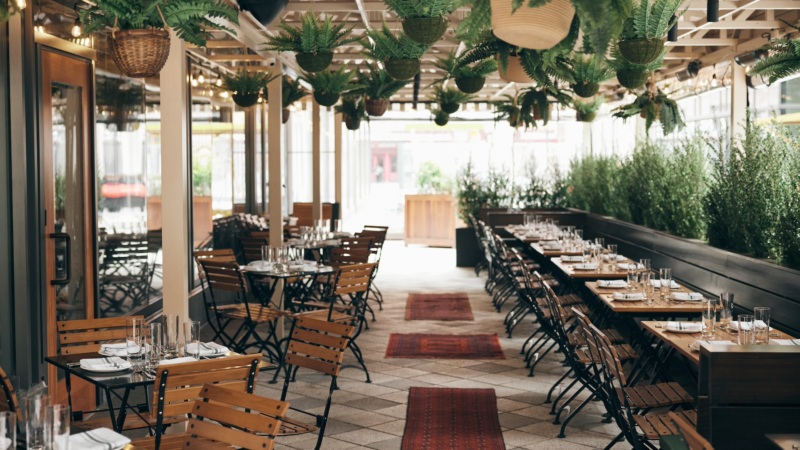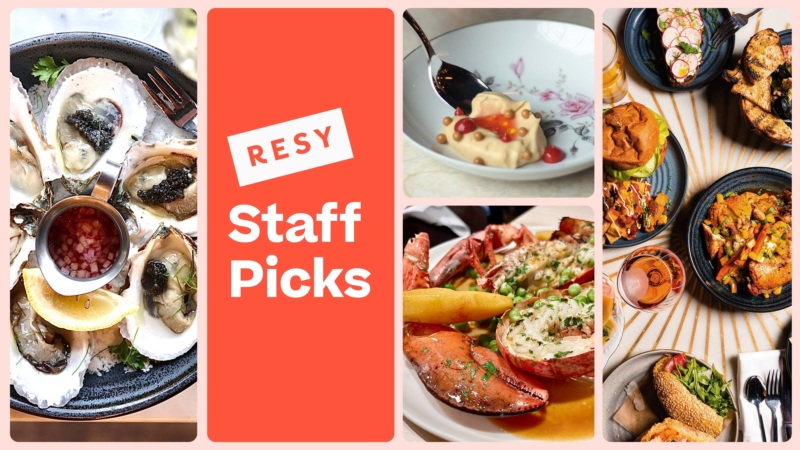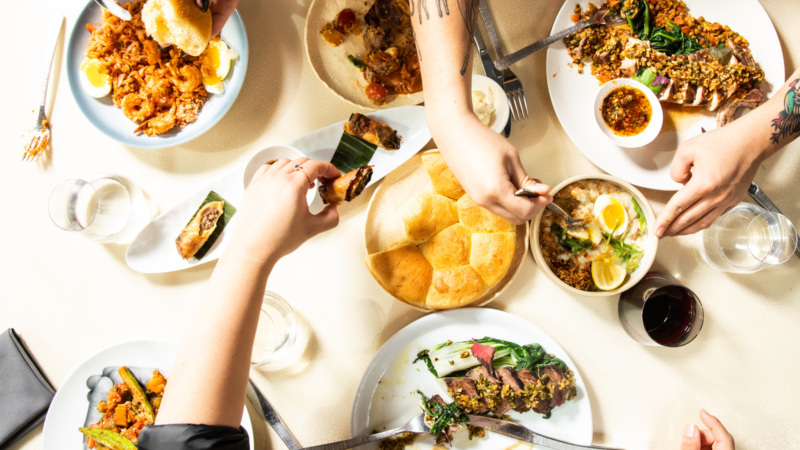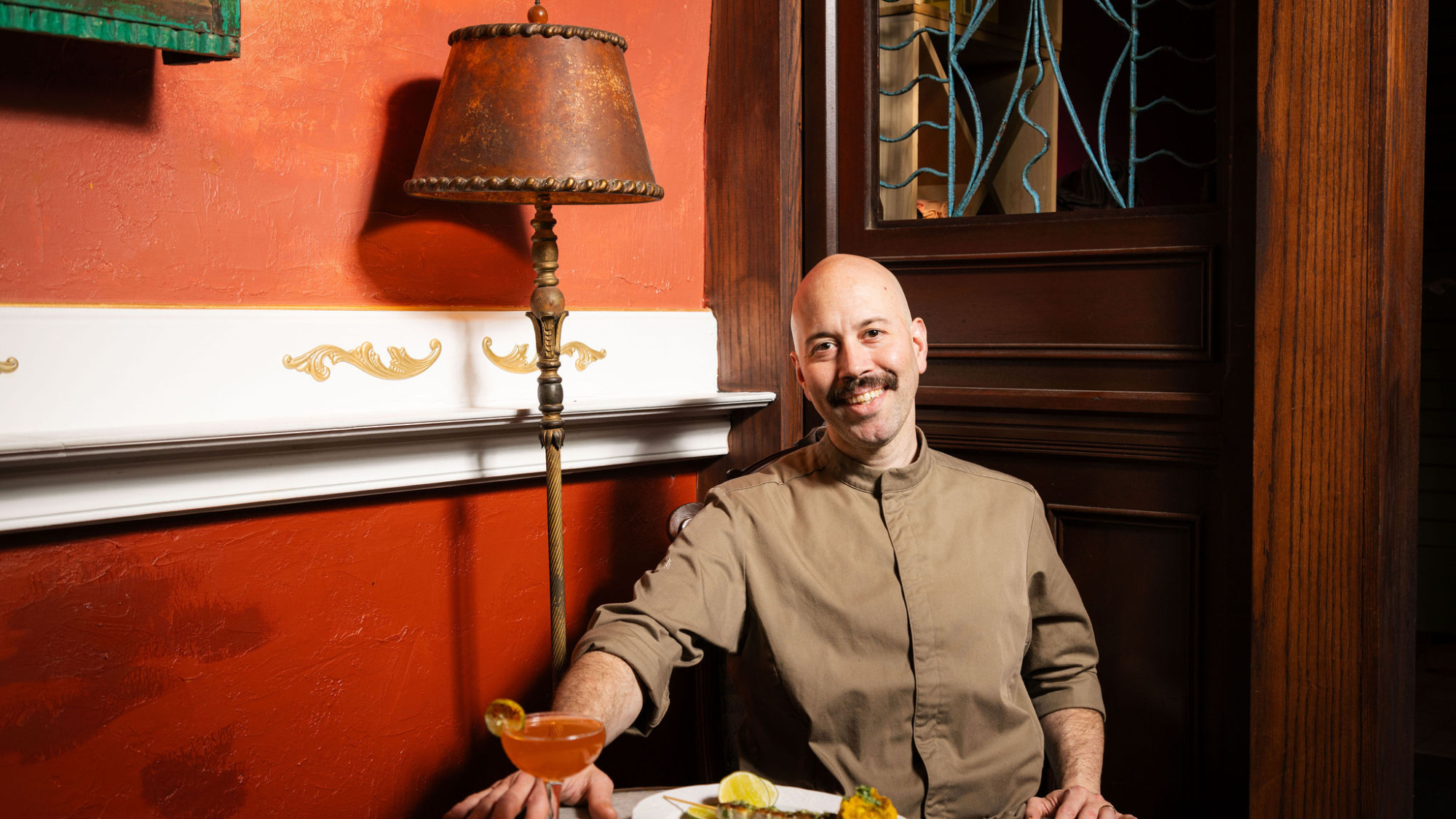
How Bolo Brings the Diasporican Experience to the Table, in Six Dishes
For chef Yun Fuentes, there was always something special about the block of Sansom Street between 20th and 21st Street. Walking that block feels like a throwback to Philadelphia’s bohemian sensibilities, with indie record shops, movie theaters, comedy clubs, and comic bookstores housed in centuries-old brick buildings. That local spirit is a contrast to Rittenhouse’s high-profile bars and restaurants, where Fuentes worked nearby under Jose Garces at Amada, Tinto, and Village Whiskey; and Stephen Starr and Douglas Rodriguez at Alma de Cuba. But Fuentes always knew that was where he’d want to have a restaurant of his own someday, and in 2023, he made that a reality, opening Bolo, a Puerto Rican rum bar and dining room.
“You walk in the room, the music is blasting, [head bartender and one of Punch Drink’s 2024 Bartenders of the Year] Tony Jimenez is shaking drinks, the piña coladas are buzzing in the blender,” says Fuentes of Bolo’s vibrant rum bar downstairs.

Best of all, Bolo is a bilingual space where Fuentes presents Hispanic, Caribbean, and Latinx food “in the time and place it exists.” Fuentes incorporates seasonal mid-Atlantic and Philly-area ingredients into his heritage cooking, giving the restaurant a uniquely Philly Rican identity. For example, the first time Fuentes tasted Seven Sisters cheese, it reminded him of queso de bola his abuela would stuff into sorullitos, so he uses the Chester County Gouda-style cheese in Bolo’s cornmeal fritters. “We take our traditions and our heritage wherever we go, and integrate ourselves into the fabric into a new place,” he adds.
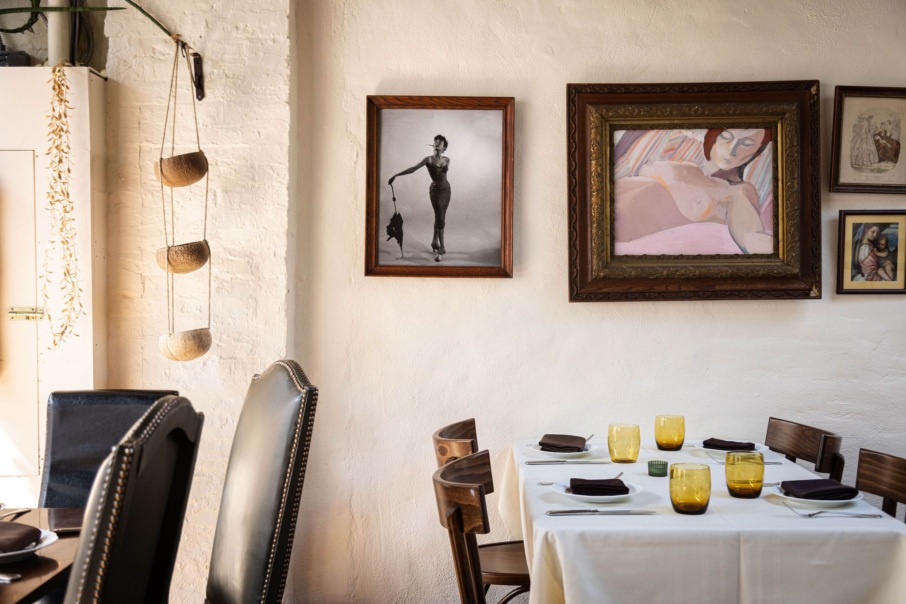
Here’s a dish-by-dish look at Bolo’s dinner menu.
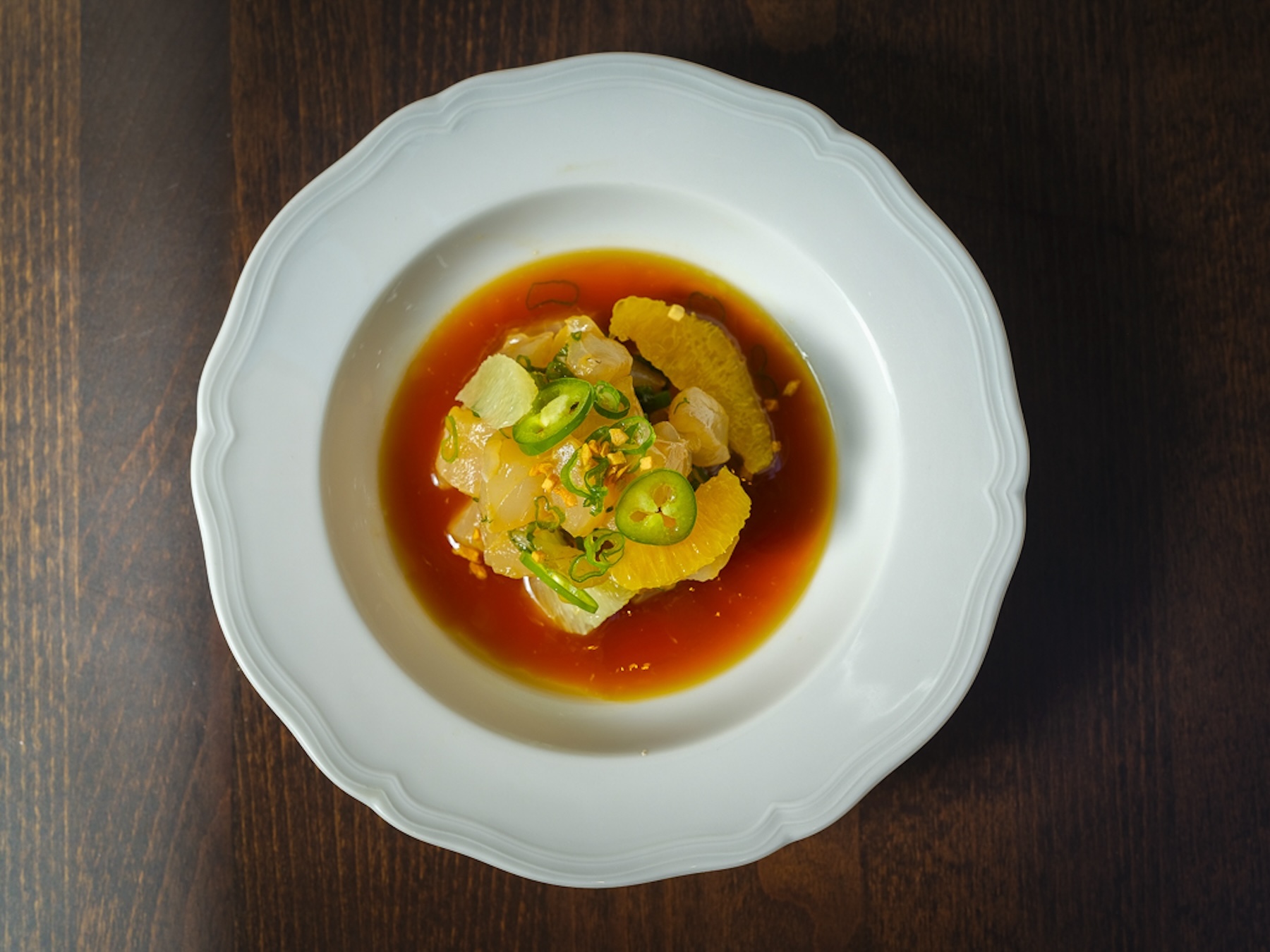
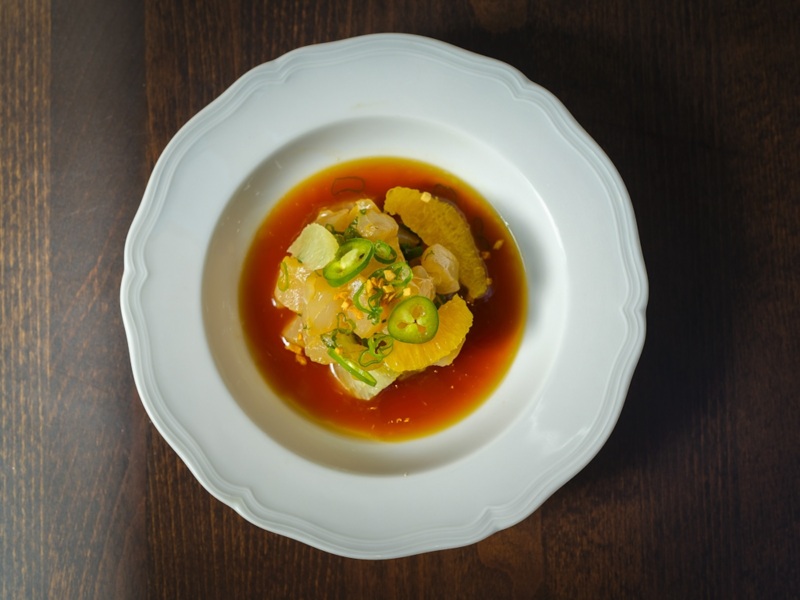
1. Red Snapper Nikkei
The menu at Bolo is rich in seafood, with several raw fish preparations derived from highly flavorful Peruvian Japanese ceviches. A large Caribbean red snapper from Samuels Seafood is diced and lightly cured in citrus salt before it’s tossed in a ponzu sauce with plenty of scallions, Serrano chiles, and more citrus.
“We built the citrus salt by combining sea salt and the zest of lemon, lime, and oranges and it’s an incredibly fragrant sauce that extracts all those oils from the citrus and then we put it over the fish,” adds Fuentes.
Light and bright, salty and spicy, dotted with sesame seed oil, some fried garlic and served with yucca chips, this red snapper ceviche is a crowd favorite.
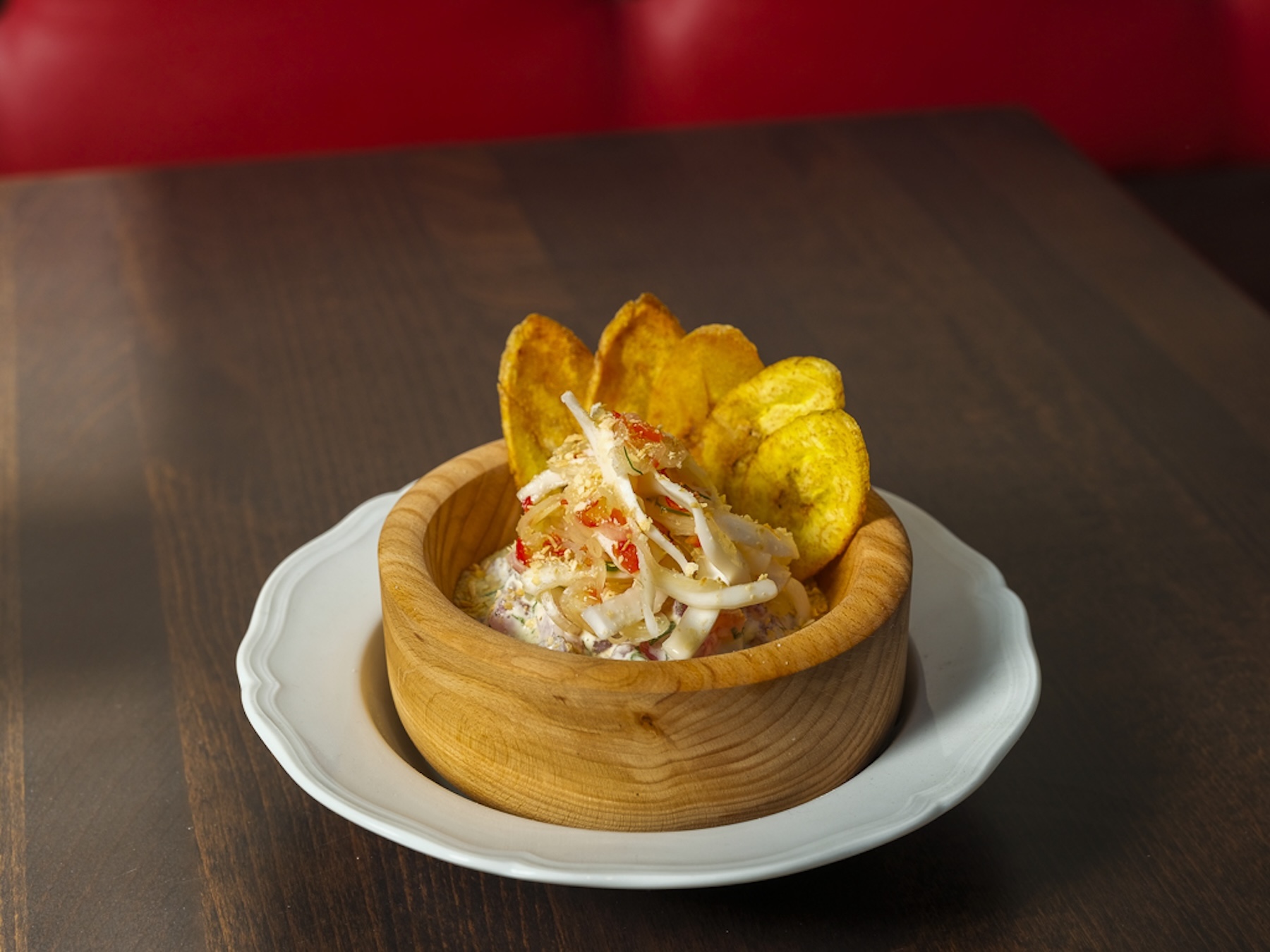
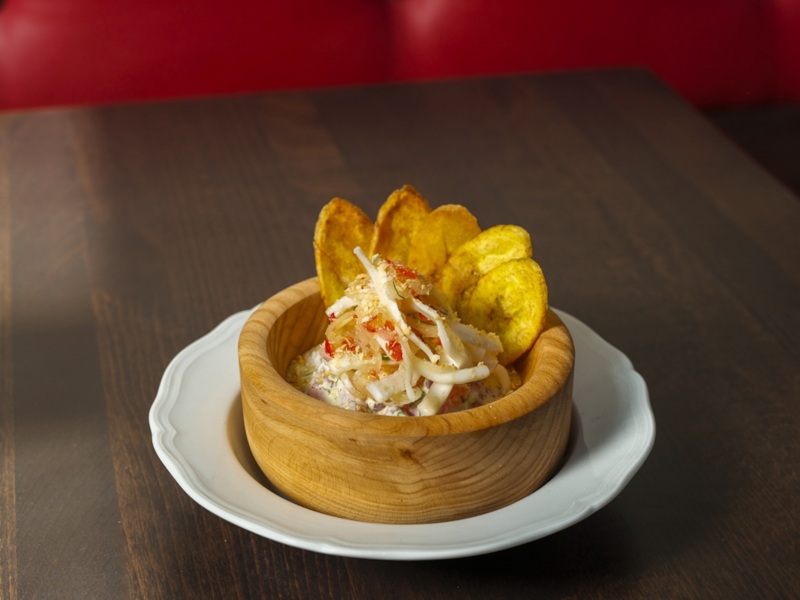
2. Tuna con Coco
During record-breaking heat waves, few dishes are as delicious as fresh, cold crudo, as this dish proves.
Not only did Fuentes work at Schulson Collective’s Sampan, Double Knot, and DK Sushi, but he also loves working with and eating tuna, especially raw tuna. At Bolo he wanted a dish that spoke to the restaurant’s vision for Nuevo Latino cuisine, using regional products that overlap food cultures. For this dish, his team developed a leche de tigre recipe infused with coconut milk to retain the fish’s texture and flavor while adding a bit of body.
“We make salsa with young coconut, fish sauce, lime, brown sugar, and pickled chiles,” explains Fuentes. The tuna is quickly tossed in the coco leche de tigre and topped with shards of young coconut for a creamy, delicate bite.
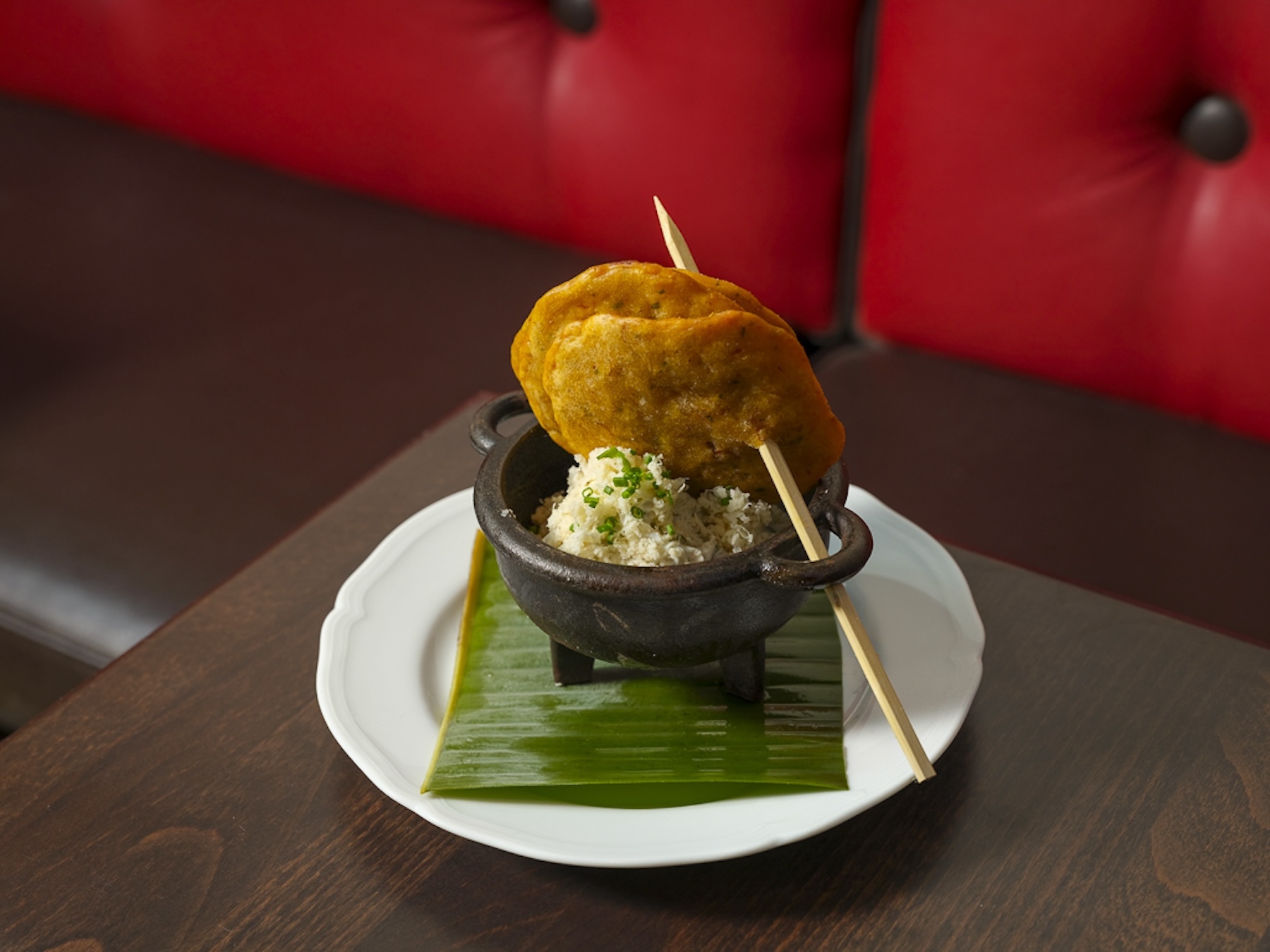
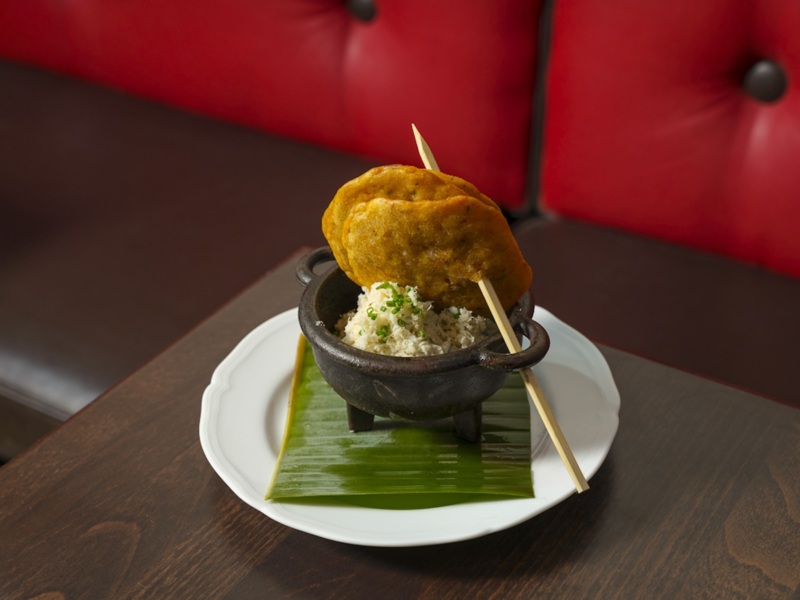
3. Bacalaitos
“Bacalaitos are fish fritters that you find usually at small kiosks on the side of the road [in Puerto Rico],” Fuentes explains. “They get fried in lard with a batter made from flour and salted cod.”
Bolo’s version detours from the traditional Puerto Rican variety Fuentes grew up eating — flat golden crispy-edged salted codfish the size of your head — but keeps the same onion and pepper-seasoned batter. At Bolo, two skewered bacalaitos are placed over a caldero of whipped crab salad.
To balance an otherwise heavy dish, Fuentes adds a horseradish crab salad to bring a “subtle lemony fresh bite” similar to the way he’s done at steakhouses. Either way, they remain a satisfying standalone snack. It’s recommended to use the bacalaitos to scoop up bits of crab salad with each bite.
“This is something that we truly don’t do in Puerto Rico but I said, ‘Maybe we can just scoop some something on it and eat it.’ And that’s where Maryland blue crab came into play because I just love it, personally,” Fuentes shared, who got the inspiration while eating crab cakes at Preserve in Annapolis, Md.
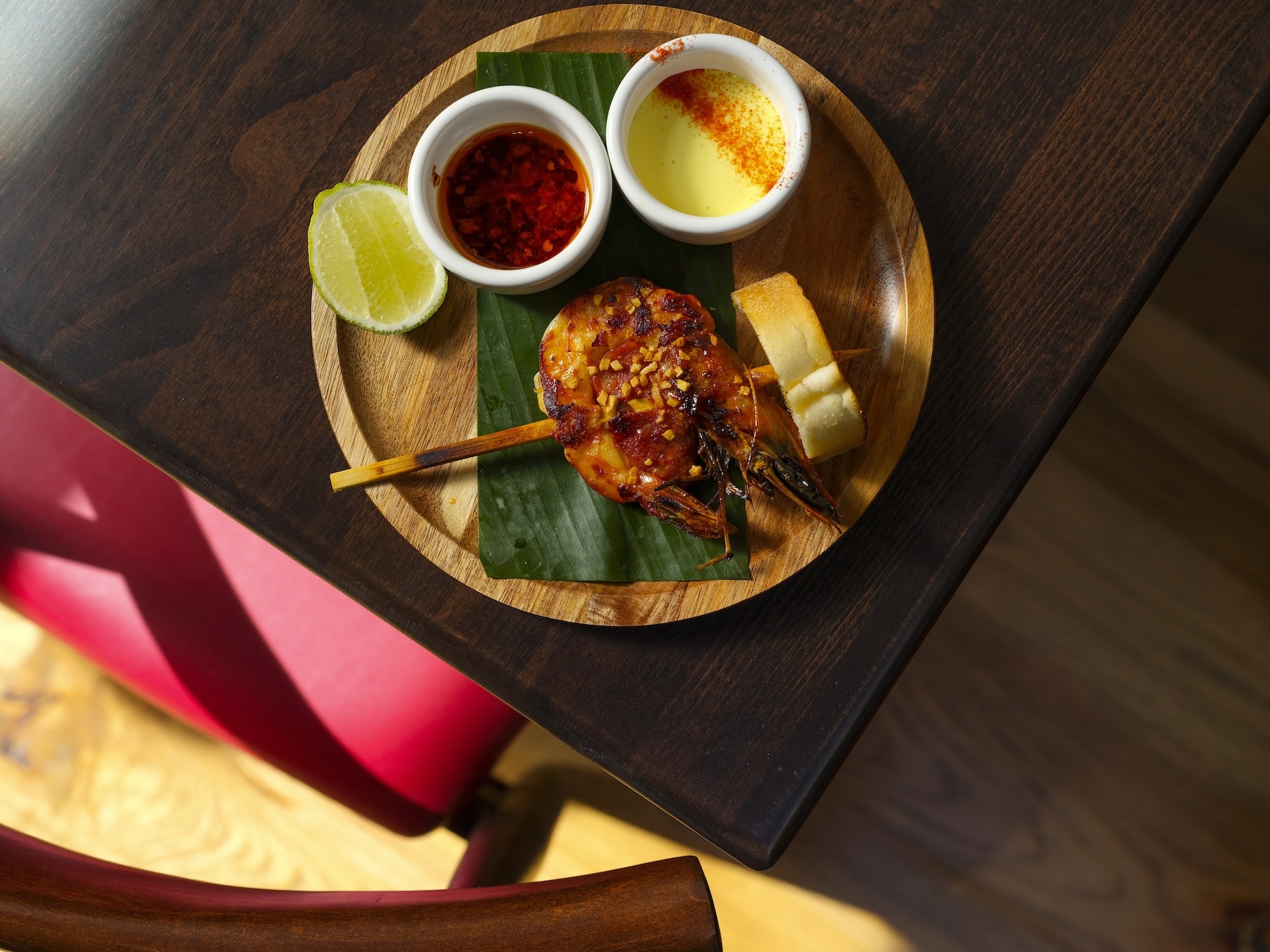
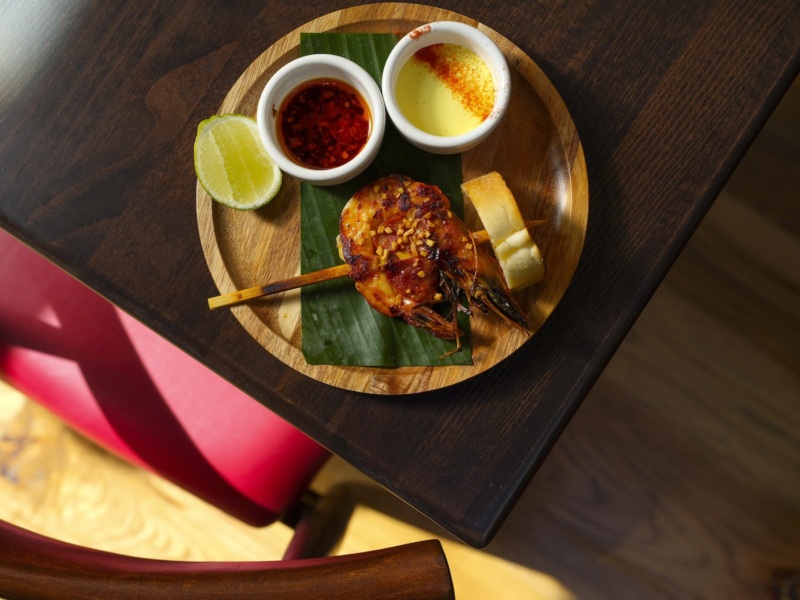
4. Gamba y Chorizo
Pinchos are a staple of Bolo’s bar menu, a quintessential $10 or less appetizer that instinctively pairs well with an ice-cold Medalla or rum drink. In Puerto Rico, pinchos are a beach snack and everyday backyard grill item served with super garlicky toasted bread to soak up all the juices of the skewered fish and meats. At Bolo, pinchos are a way for guests to play around with creating unique bites with a trio of ever-changing side sauces.
This gamba and chorizo pincho consists of shrimp wrapped around a chunk of chorizo with seasonal sauces like lemon aioli, chile oil, smoked pineapple barbecue, chimichurri, pumpkin seed romesco, tomato escabeche, or pique. It’s best eaten immediately to savor the hot-off-the-grill heat (temperature and spice), and highly advisable to order a number of different pinchos to share if you’re with a group.
“There’s more than one sauce that can change the flavor profile of the dish, and it just keeps being fun and engaging,” says Fuentes.
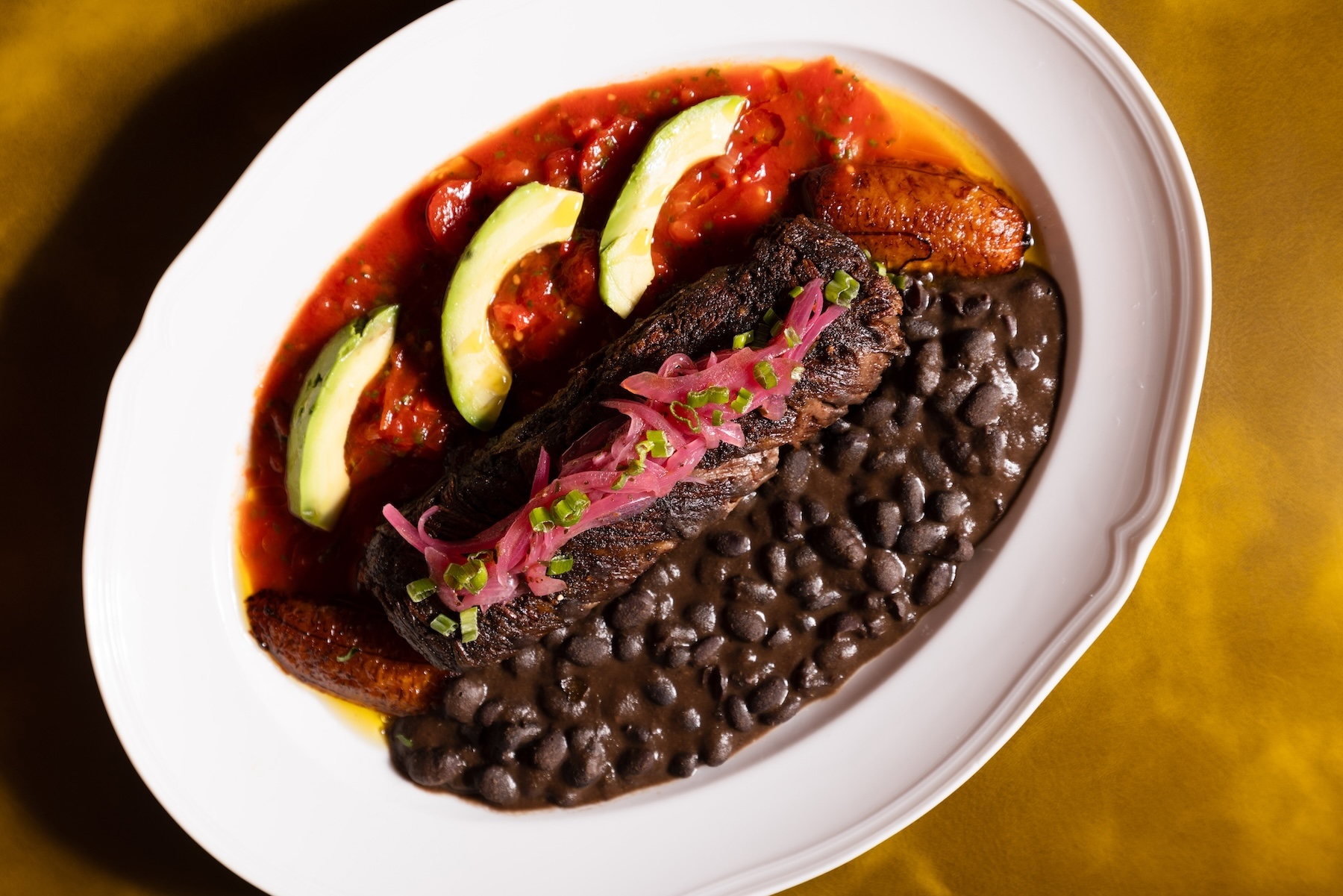
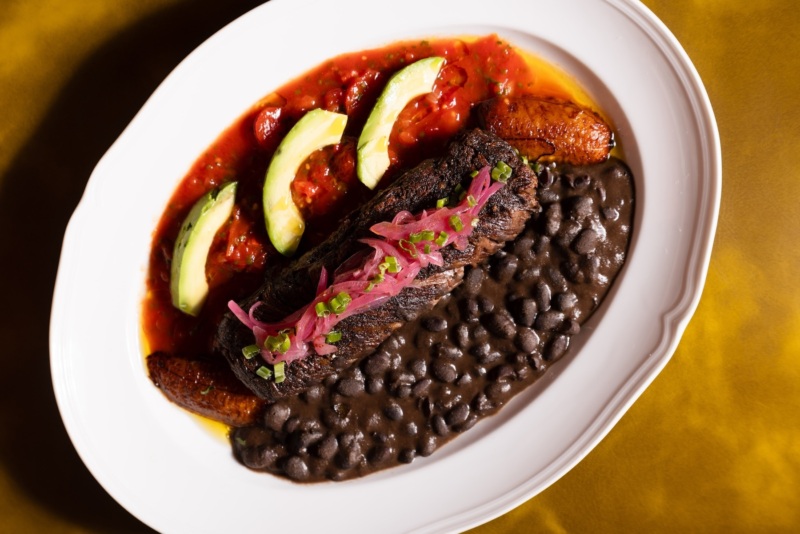
5. Vaca Frita
“I think Philadelphia should have a vaca frita,” Fuentes claims. “Being part of Alma de Cuba’s history is one of the greatest honors in my career. The recipe needs to live on; we need to tell the recipe’s story to communicate our culture and who we are.”
With the closing of the 20-plus-year-old nationally acclaimed restaurant in Alma de Cuba, Fuentes worried chef Douglas Rodriguez’s recipe would disappear. It’s why he believes “traditions are in constant motion” sharing recipes and dishes that speak to “heirlooms that others have left for us.” So at Bolo, he’s carrying the torch and cooking vaca frita the same way he learned to make it at Alma de Cuba.
The recipe involves a three-day process. Creekstone Farms skirt steak is first brined in a tea of spices a day in advance; the next day it’s slowly braised for three to four hours. By this time, the steak should be pull-apart soft at which point it’s pulled out of the braising liquid to cool. For service on the third day, the steak is fried in its own fat and served with slow-cooked black beans, a nod to Cuba’s ropa vieja. Cooking it in this way ensures the steak remains juicy but slightly charred; and Fuentes adds a tomato escabeche and avocado salad with pickled red onions and pineapple for a fresh tang. The result is a hearty, comforting dish, perfect for any time of the year.
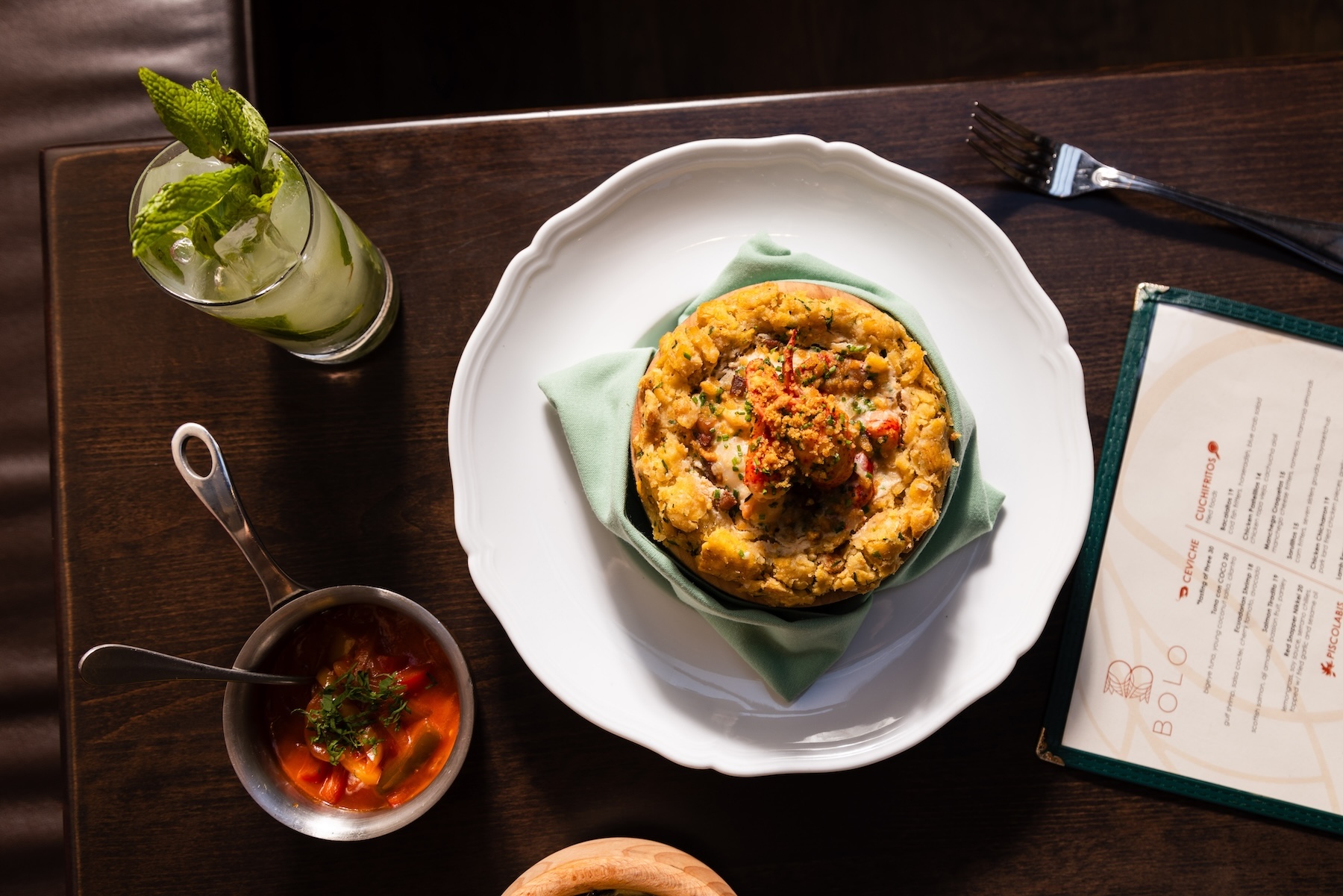

6. Lobster Mofongo
While researching and developing Bolo’s menu before opening, Fuentes sifted through old menus of his previous restaurant jobs looking for celebratory and special occasion dishes to recreate.
“What did we serve when it was New Year’s Eve? What do people look for? There was always a lobster dish,” he notes. Later, an idea struck. “One of the best things that we have around us is Maine lobster, it’s sought after all across the world. And mofongo was important to have on the menu because it’s that dish that when you say ‘Puerto Rican restaurant’ you gotta have it.”
Bolo’s mofongo is both festive and nostalgic — it’s not “home food,” it’s “going out” food, says Fuentes — a mashup of classic buttery Maine lobster rolls with Puerto Rican garlicky, salty fried plantains that are popular at waterfront shacks. A pound of Maine lobster is poached out of the shell in a garlic saltwater bath to keep the garlic’s sweetness but remove some of its raw harshness, then lightly cooked in a pan with coconut milk, Iberico lardo, shallots, and butter. Green plantains are fried and molded into a mound inside a pilon, where the lobster chunks are laid on top and more mojo isleño with a touch of tomato is poured over top. One order of lobster mofongo can easily serve two, and is served with a side of white rice.
“Butter and lobster are just so good together,” says Fuentes of the final version.
Bolo opens for dinner Wednesday through Sunday from 5 to 10 p.m., and for brunch on Sunday from 11 a.m. to 3 p.m. Bolo Rum Bar (which also serves food) is open daily, staying open until midnight on Fridays and Saturdays.
Alisha Miranda is a journalist, digital producer, and #LatinxIndustryNight host based in Philadelphia. Follow her at @alishainthebiz. Follow Resy, too.
Discover More
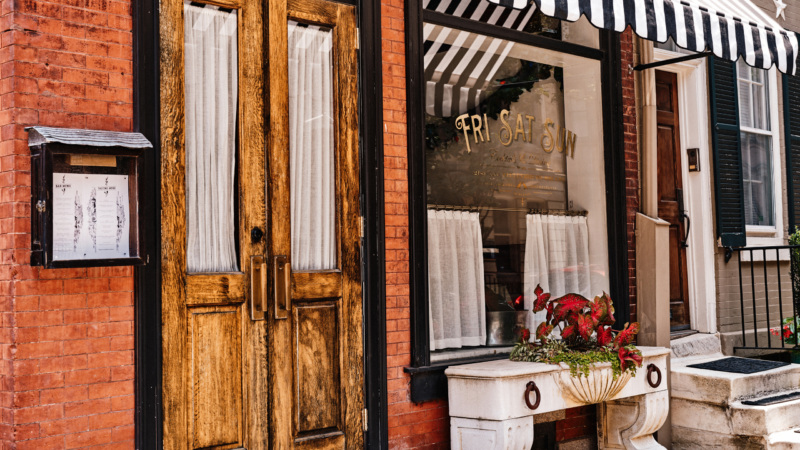
Stephen Satterfield's Corner Table








